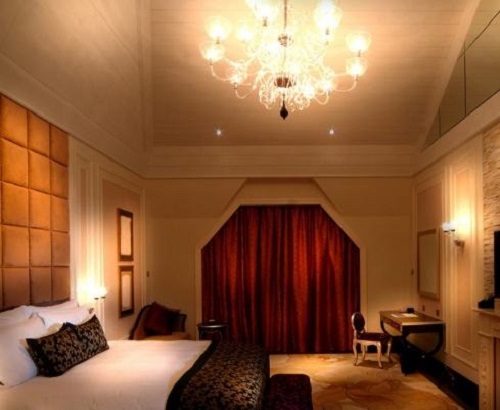
For centuries, architects, designers, and builders have looked at how to improve aspects of our work environment, be it through security, technology, or functional design. And for the past few decades we have seen an explosion of innovation in workplace technology from the personal computer, cell phone, Internet, and lighting. These advances have helped workers be more efficient.
Interested in articles & announcements on tunable technology and controls for human-centric lighting applications?
But what if we could add a new axis of innovation to the work environment? What if in addition to improving the tools in our spaces, we could also improve the productivity of workers and at the same time increase efficiency?
In terms of lighting, we can improve the workplace experience by thinking about building design in an entirely new way. There are emotions associated with buildings, and many of these emotions are conjured from the effects of lighting on people. A dark, poorly lit space is sterile and cold. The hum and slight flickering of old fluorescent lamps is corrosive to concentration and therefore performance. The best spaces, where lighting works with the environment, evoke positive emotions of happiness, healthiness, and energy.
The advent of LED lighting has provided more consistent and positively scalable lighting outcomes. LEDs offer huge energy savings, flexibility, and reliability, and are now entering nearly every application in the built environment.
For more than 50 years, dimming technology has been available for commercial spaces, although previously it was considered prohibitively expensive for most general lighting applications. Light levels were altered by directly adjusting the fixture's electrical power circuit. And while there are LED lamps that can be managed with the previous generation of controls, the future lies in embedding the control capability into the LED's driver and using digital protocols that communicate to the driver directly.
The new vision on how to maximize the value of LED lighting is to not only adjust the intensity of the light, but also the color quality — comprising correlated color temperature (CCT) and color rendering. By controlling both the intensity and the color of the light, the lighting design can provide an additional improvement in occupant satisfaction and productivity.
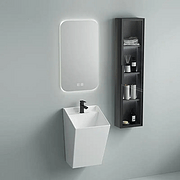
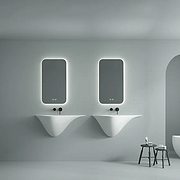
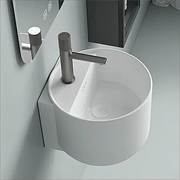
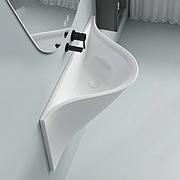
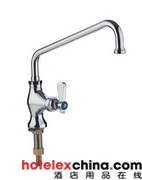
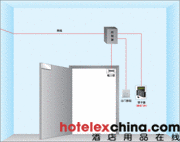
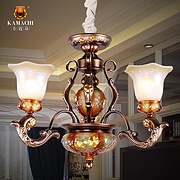
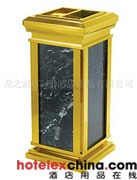


Service Hotline
Work Time:Mon-Fri 9:00-18:00
UTC+8

Sinoexpo Digital Platform
Copyright 2006-2024 Shanghai Sinoexpo Informa Markets International Exhibition Co., Ltd. All rights reserved
沪ICP备05034851号-77
 沪公网安备 31010402000543号
沪公网安备 31010402000543号